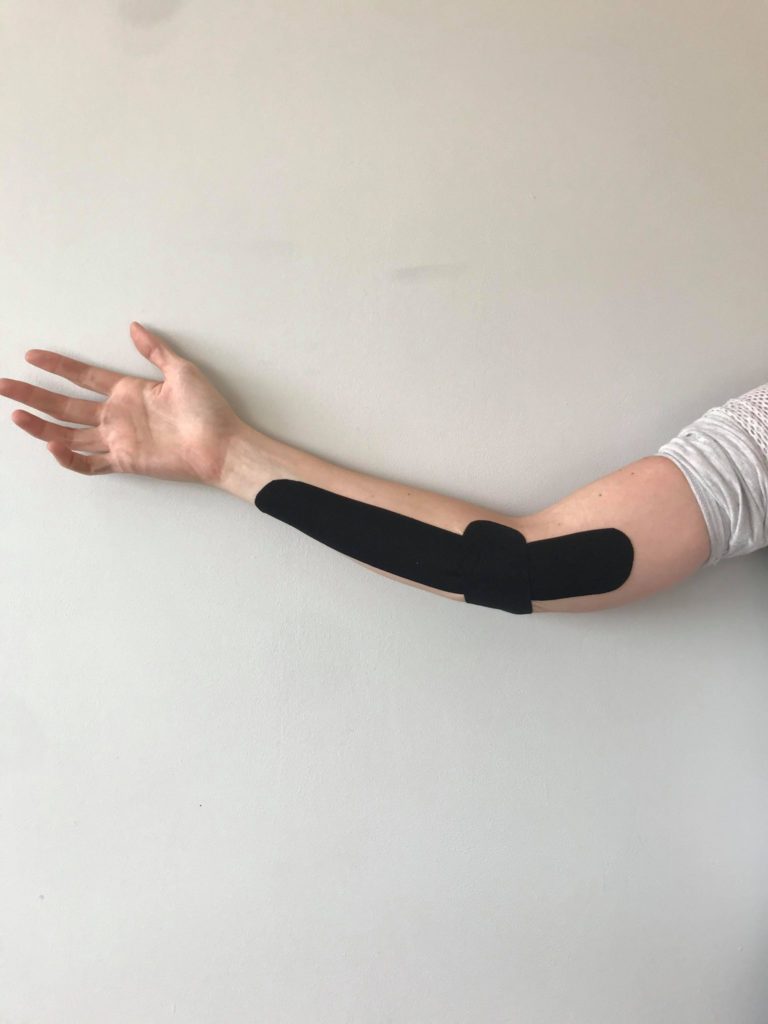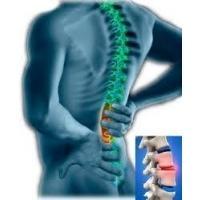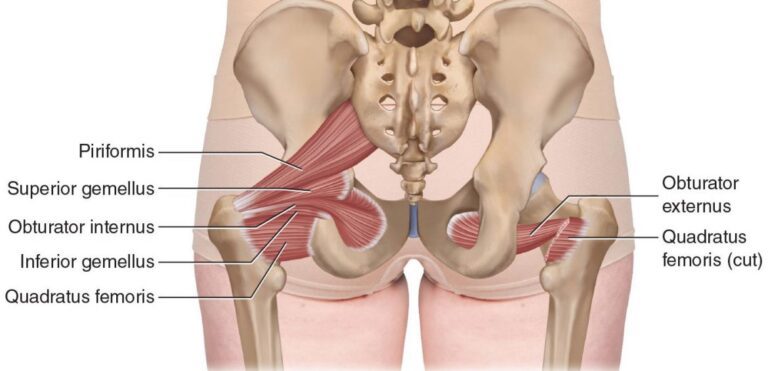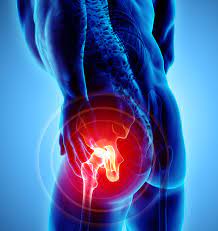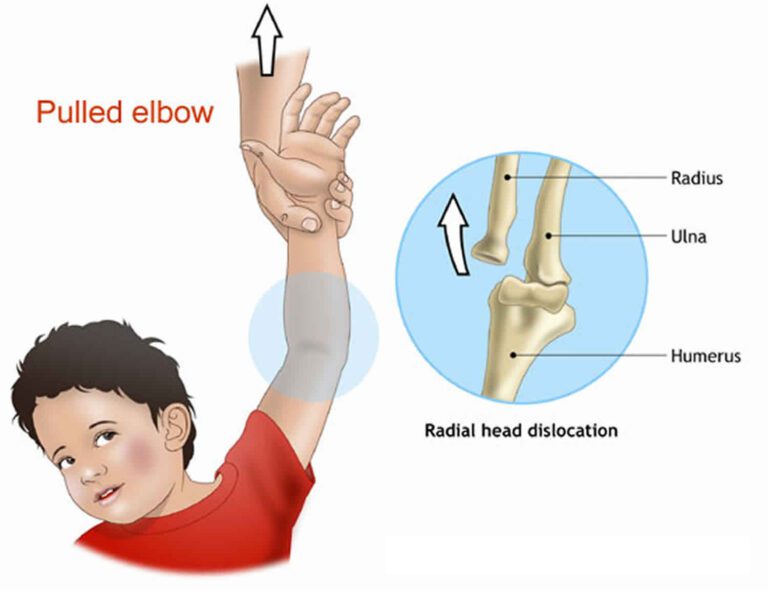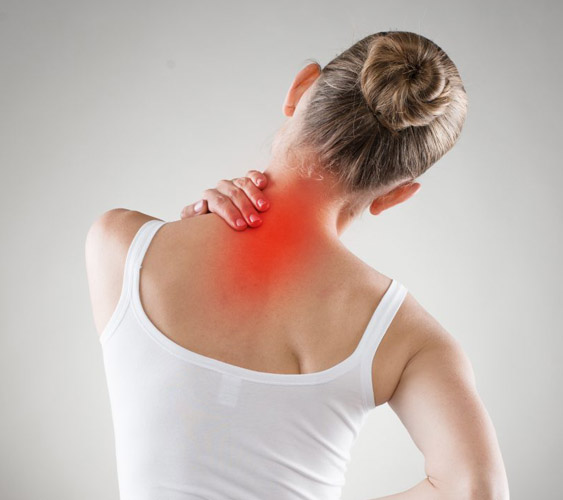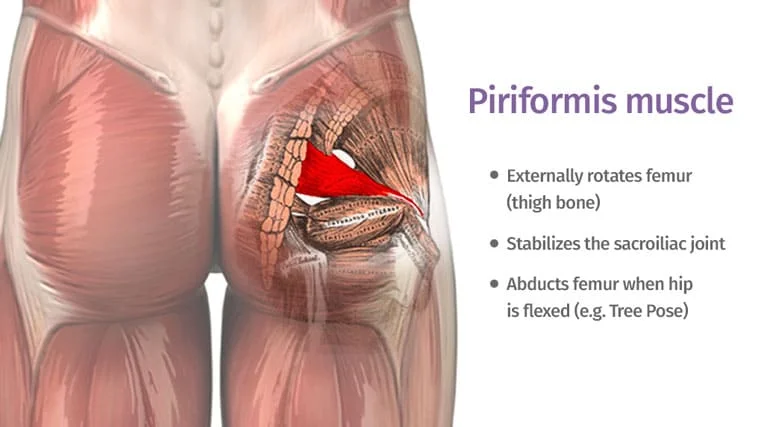NSAIDs – Non-Steroidal Anti-Inflammatory Drugs : Pain Killer
Full from the NSAIDs : Introduction : List of the NSAIDs drug : Use of the NSAID drug? How do the NSAIDs work? How long should I use an over-the-counter NSAID? Function of the NSAIDs drug : How long does the NSAID drug take to work? How Is this drug prescribed? How does to the…


